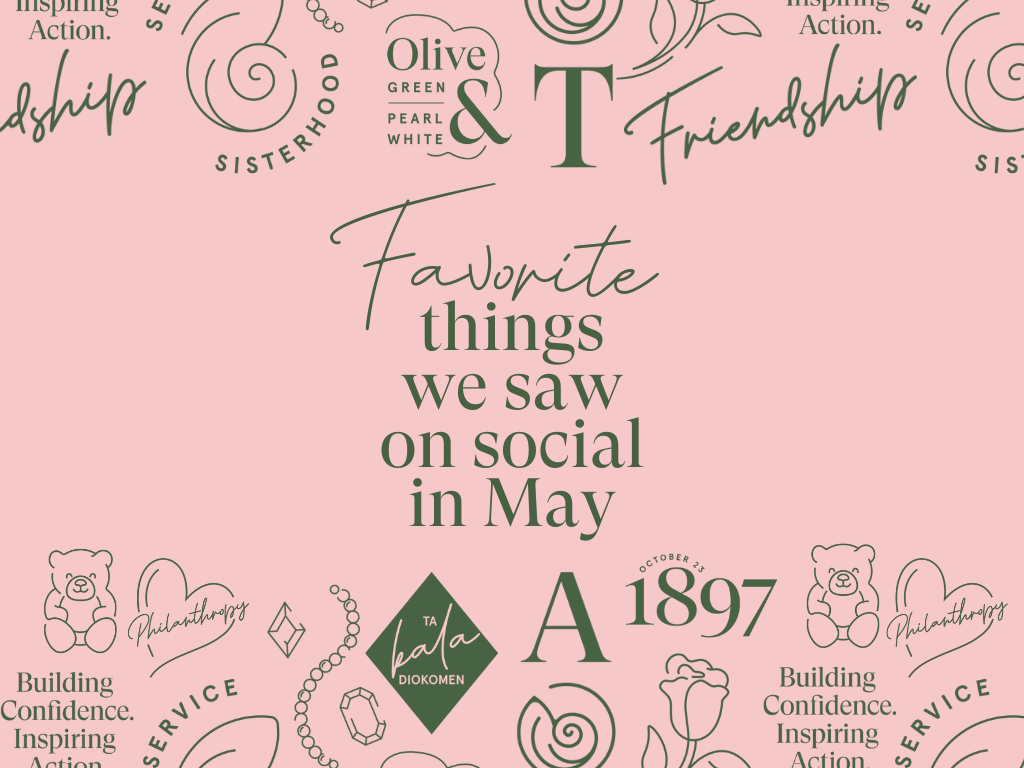February 17, 2017
In October 2016, some of my pledge sisters and I had a reunion weekend at a lovely chalet in the fall-colored mountains of western Pennsylvania. We came from different states and long distances. We arranged every aspect of the weekend getaway on our chapter’s Facebook page and group chat.
Back in the old days, a rambling “phone tree” and time-consuming postal mail were the only options for arranging a reunion, and sometimes the task proved too unwieldy to manage. The ease of planning in-person events like our reunion weekend is one of the best benefits of today’s communication technology. Unfortunately, the social web’s adverse effects seem to be the sole focus for pundits and essayists. Headlines abound about engagements ended or jobs lost over social media posts. Indeed, the current political climate leads to a lot of arguments online.

Although the World Wide Web is 20 years old, we still seem to be in culture shock over the changes it has made in our daily lives. That’s understandable. The internet and mobile phone technologies have changed our habits, our jobs and our relationships. According to the Pew Research Center, in 2005 only 5 percent of those over 18 used an online sharing platform. By 2016, over 69 percent of people – that’s about seven out of 10 – used at least one type of internet communication medium regularly.

Today, 80 percent of 30-49 year olds in the U.S. use social media. That’s only 6 percent behind their younger counterparts (18-29 year olds) and 16 percent ahead of their older sisters (50-64 year olds).
That’s exponential growth in a little over a decade’s time. The disruption caused by industrial technologies like the steam train, the automobile or the airplane seems quaint in comparison to the almost total societal upheaval delivered upon us by the internet and social media.
These tools need not cause so much strife. This is communication; any communication tool can be misused. The key is not less participation, but more active, conscious management of our online profiles. You wouldn’t neglect car repairs or let the roof of your house leak. Sites like Facebook and Twitter are machines of convenience, much like a car is to transportation and a house is to shelter. The good news is you can design your sharing technology to work well for you.

Here are 3 tips to help you customize your online spaces:
- If you haven’t already, review and fine-tune your privacy settings for every site and app you use. Concentrate on a select few applications and delete the others.
- If you’re not open to sharing posts to the general public, make personal friend lists and share posts to that select group of people.
- Use group chats, like GroupMe, with a tight-knit crew. Chats are a nice way to have a conversation out of the public stream. In a group chat, responses don’t have to be immediate. Intermittent check-ins with sisters are the modern water cooler catch-up sessions.
Many options exist to help you build online sharing spaces that work for you. Sticking with the default settings is so 2005. It’s time we treat our social tech as an essential part of our sisterly friendships and our lives.
Christine Cavalier, M.Ed.
Xi –Pittsburgh
Christine is a freelance journalist and content writer living in Philadelphia, PA. You can find her on Twitter as @PurpleCar, facebook.com/christine.cavalier or at her 13-year-old blog, purplecar.net.






